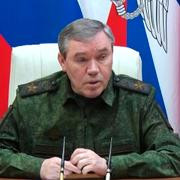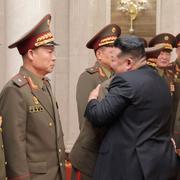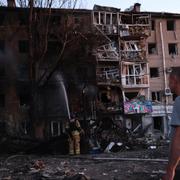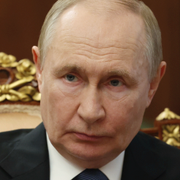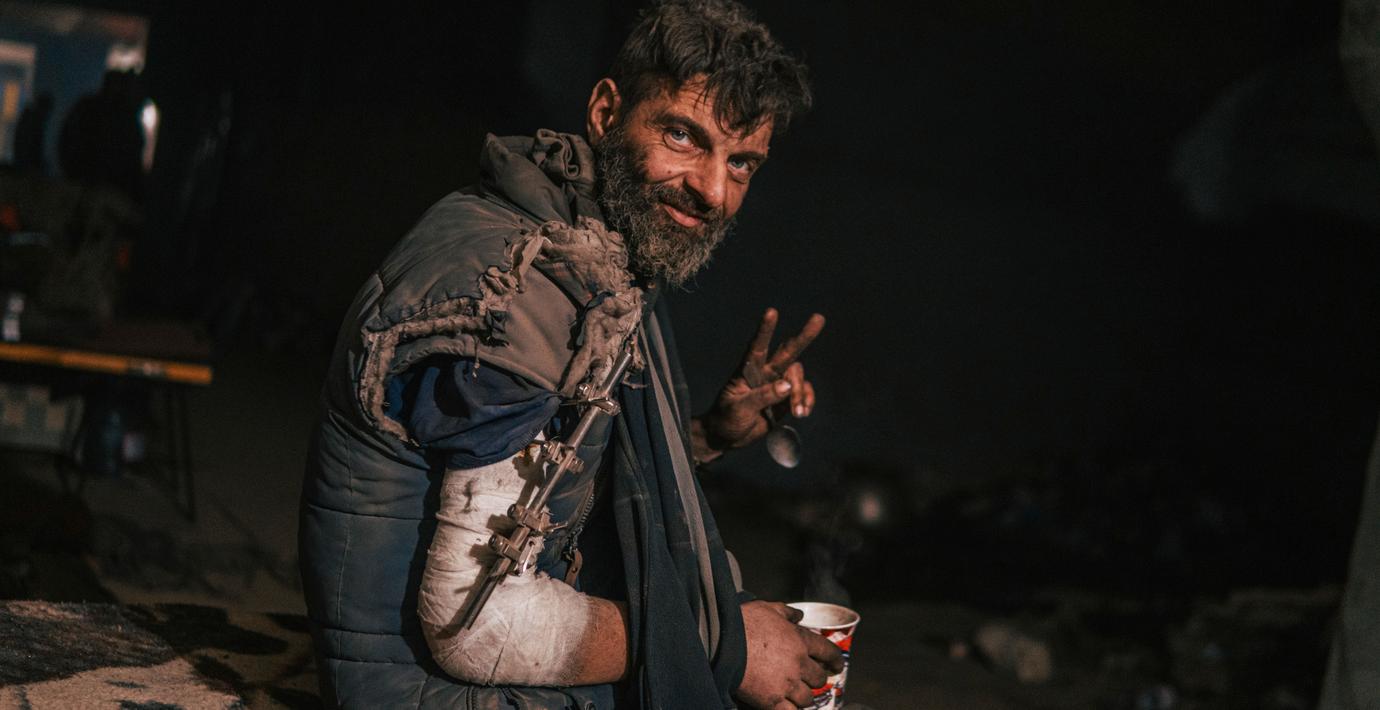
Azovs egna bilder inifrån stålverket: Osanitärt – låt våra skadade lämna
Det ukrainska Azovregementet vädjar till Ryssland om ett eldupphör vid stålverket i Mariupol, rapporterar AP. Regementet uppger att de har flera skadade soldater som behöver vård.
De skriver i ett uttalande att de sårade inte längre kan anses vara stridande militärer. Regementet vittnar om osanitära förhållanden och uppger att de vårdar öppna sår med icke-sterila bandagerester, utan medicin och utan tillgång till mat.
”Vi kräver att sårade militärer omedelbart evakueras till ukrainskt kontrollerade territorier där de kan få hjälp och ordentlig vård”, skriver de i uttalandet.
bakgrund
Azovstals stålverk
Wikipedia (en)
The Azovstal iron and steel works, or Metallurgical Combine Azovstal (Ukrainian: Mеталургійний Kомбінат Азовсталь, pronounced [ɐˌzɔu̯ˈstɑlʲ]) (PFTS: AZST) was one of the largest steel rolling companies in Ukraine.
The metallurgical plant was almost completely destroyed by Russian bombardment during the 2022 Russian invasion of Ukraine and the Siege of Mariupol.
bakgrund
Azovregementet
Wikipedia (en)
The Special Operations Detachment "Azov" (Ukrainian: Окремий загін спеціального призначення «Азов», romanized: Okremyi zahin spetsialnoho pryznachennia "Azov"), also known as the Azov Regiment (Ukrainian: Полк «Азов», romanized: Polk "Azov") and until September 2014, Azov Battalion (Ukrainian: батальйон «Азов», romanized: Bataliyon "Azov"), is a unit of the National Guard of Ukraine based in Mariupol in the coastal region of the Sea of Azov, from where it derives its name. Azov formed as a volunteer paramilitary militia in May 2014, and has since been fighting Russian forces in the Donbas War. It first saw combat recapturing Mariupol from Russian forces and pro-Russian separatists in June 2014. It initially operated as a volunteer police company, until it was formally incorporated into the National Guard on 11 November 2014. In the wake of the 2022 Russian invasion of Ukraine, the battalion gained renewed attention for its use by Russia in justifying the invasion and during the Siege of Mariupol for its role in the defense of the city.The battalion drew controversy over allegations of torture and war crimes, as well as association with neo-Nazi ideology. Azov uses controversial symbols, including a variation of the Wolfsangel insignia used by divisions of the Waffen-SS and Wehrmacht during World War II. In March 2015, Andriy Diachenko, a spokesman for the Azov Batallion, told USA Today that 10% to 20% of the group's members are Nazis. At various points, lawmakers in the US and Canada have blocked its receipt of arms due to its far right links. These links have also led to a focus on the unit in Russian propaganda: one of the reasons given by President of Russia Vladimir Putin for the 2022 invasion was the 'denazification' of Ukraine, to remove the alleged control of far right forces such as Azov over the country.
In 2017, the size of the regiment was estimated at more than 2,500 members, but was estimated to have 900 members in 2022. Members of the battalion came from 22 countries and are of various backgrounds. Its founder and early commander was Andriy Biletsky.
Omni är politiskt obundna och oberoende. Vi strävar efter att ge fler perspektiv på nyheterna. Har du frågor eller synpunkter kring vår rapportering? Kontakta redaktionen
